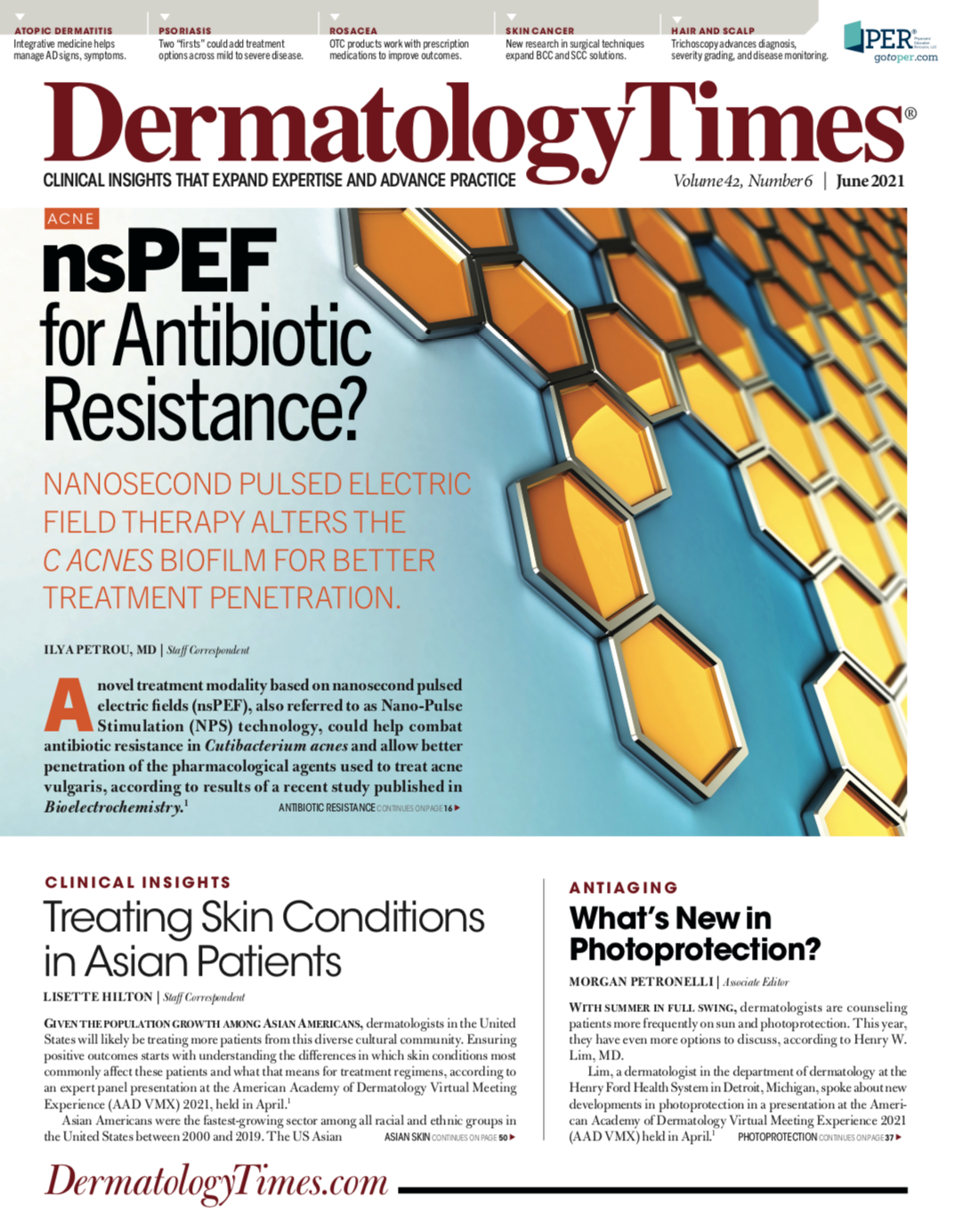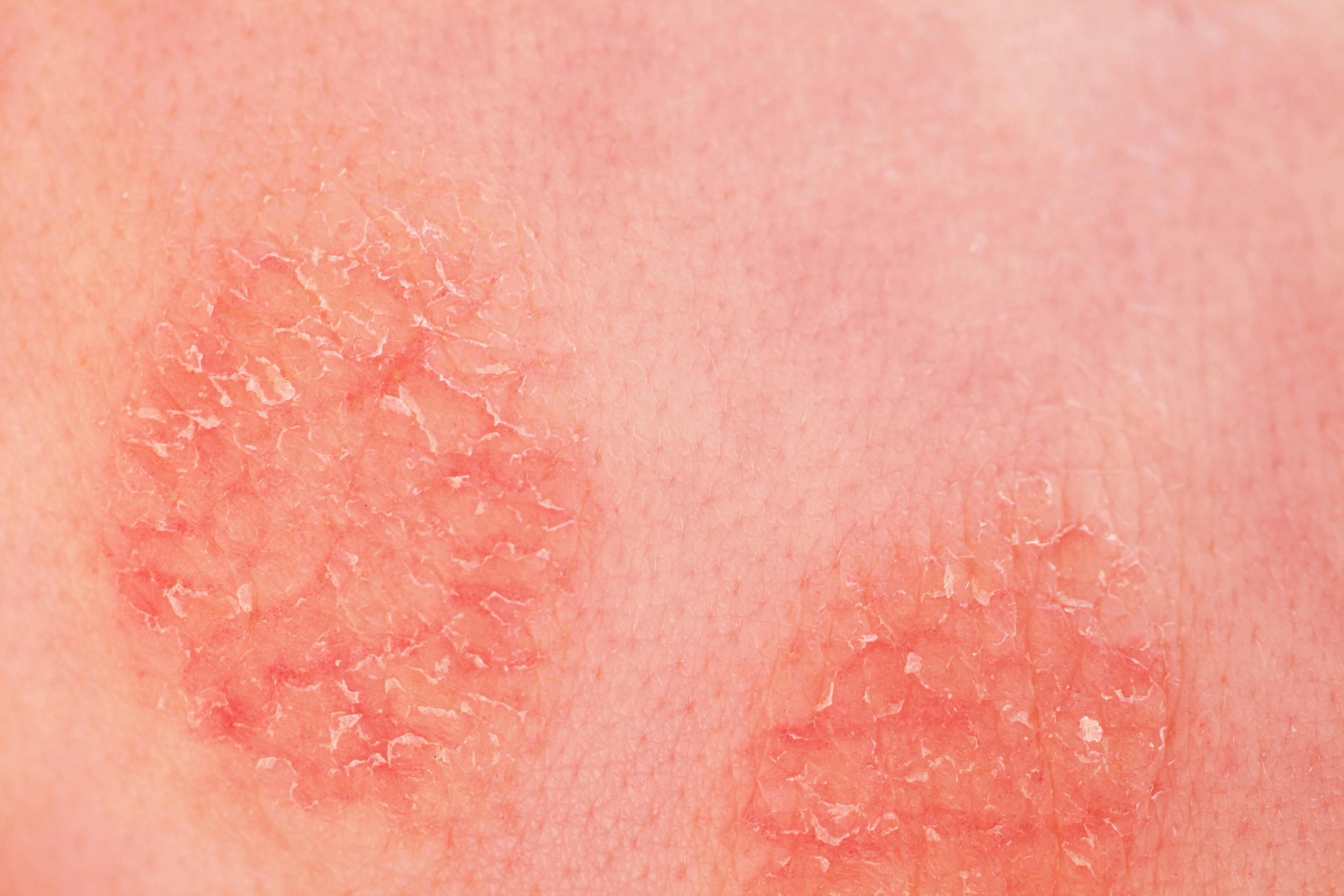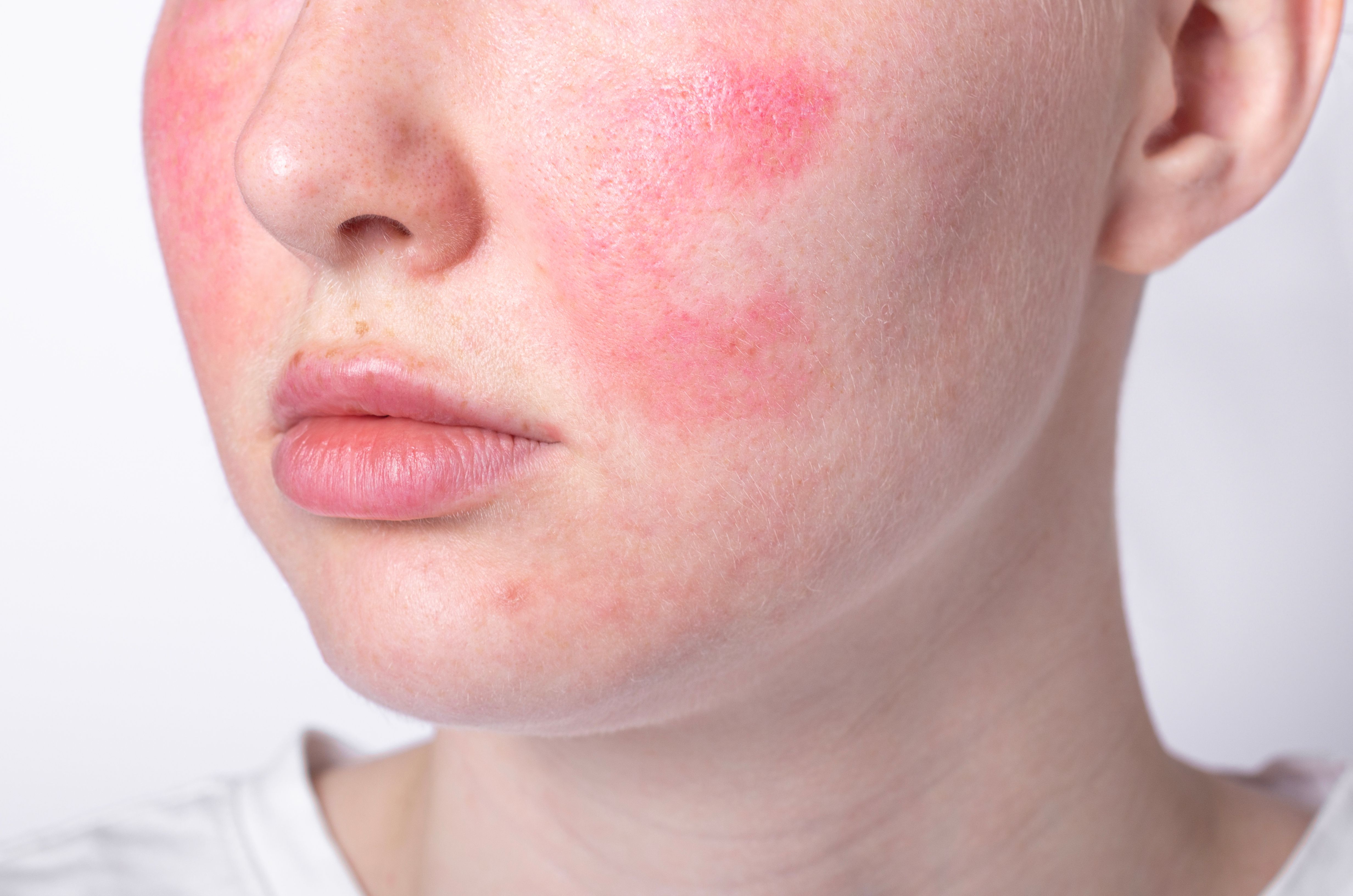- Acne
- Actinic Keratosis
- Aesthetics
- Alopecia
- Atopic Dermatitis
- Buy-and-Bill
- COVID-19
- Case-Based Roundtable
- Chronic Hand Eczema
- Chronic Spontaneous Urticaria
- Drug Watch
- Eczema
- General Dermatology
- Hidradenitis Suppurativa
- Melasma
- NP and PA
- Pediatric Dermatology
- Pigmentary Disorders
- Practice Management
- Precision Medicine and Biologics
- Prurigo Nodularis
- Psoriasis
- Psoriatic Arthritis
- Rare Disease
- Rosacea
- Skin Cancer
- Vitiligo
- Wound Care
Publication
Article
Dermatology Times
OTC Skin Care Products Enhance Rosacea Therapy
Author(s):
Nonprescription moisturizers and cleansers can play an integral role in delivering positive treatment outcomes for patients with rosacea.
Even as the list of oral and topical medications approved to treat rosacea grows, OTC skin care products remain instrumental in rosacea therapy. They address skin barrier dysfunction and should be integrated in the treatment regimens of patients with rosacea, according to results of a recent study published in Journal of Drugs in Dermatology.
Characterized by inflammation and vasculopathy, rosacea is a chronic skin disease with a still largely unknown pathophysiology that commonly affects the central face, cheeks, forehead, nose, and chin. The 4 subtypes of rosacea, according to the presentation of symptoms, are erythematotelangiectatic rosacea (erythema, flushing, telangiectasias), papulopustular rosacea (erythema, edema, acne-like lesions), phymatous rosacea (rhinophymatous changes), and ocular rosacea, which can cause significant inflammation leading to eye dryness, redness, and irritation.
Breaking the cycle of inflammation that ultimately causes barrier dysfunction appears to be key in improving rosacea symptoms. “Repeated episodes of flushing can lead to progressive damage of the endothelium, angiogenesis, as well as inflammatory changes in the dermis, leading to barrier dysfunction and exacerbation of rosacea disease,” said Hilary E. Baldwin, MD, medical director of The Acne Treatment and Research Center, Morristown, New Jersey; associate professor of clinical dermatology at Rutgers Robert Wood Johnson Medical Center, Piscataway, New Jersey; and head author of the study.
For the study, 9 dermatologists from the United States and Canada convened for a webinar to discuss the evidence of barrier dysfunction in rosacea, the role of OTC skincare products in rosacea therapy, and optimal therapeutic regimens to treat the disease.
Prior to the meeting, the physicians completed a survey on OTC skincare products recommended for patients with rosacea in their practice that included monotherapy, adjuncts to prescription medications, and maintenance therapy. Clinical guidelines, algorithms, and evidence-based recommendations for rosacea treatment were culled from the literature through August 2020.
Current thinking suggests that an upregulated and dysregulated innate immune system and neurovascular dysregulation, both of which are triggered by genetic and exogenic factors, are responsible for rosacea, with the subsequent chronic inflammation leading to acute and chronic changes in the facial vasculature.
Data that indicate barrier deficiency in rosacea include evidence of increased transepidermal water loss (TEWL); decreased skin hydration; increased stratum corneum pH; increased lactic acid stinger reaction; symptoms of itching, burning, and stinging; and an increased incidence of irritant and allergic contact dermatitis. According to Baldwin, it is believed that the impaired epidermal barrier facilitates the entry of irritants and allergens. That causes hypersensitivity to exogenous stimuli, vasodilation, and inflammation, promoting a cycle of disease and episodic exacerbations.
“Regardless of its origin, the disturbed barrier often translates into a situation where patients’ skin is too irritated to permit the use of the medications and products that would otherwise result in clinical improvement,” Baldwin said. “As such, addressing barrier repair early in the treatment phase with the integration of OTC skincare products into the rosacea regimen [and] continuing such care though acute treatment and the maintenance phase [are] paramount in rosacea management.”
The panel considered moisturizers, cleaners, and ultraviolet protection. In addition to standard prescription medications, consensus revealed that the OTC products recommended for monotherapy included ceramide-containing cleansers and moisturizers, mineral sunscreens, redness creams, niacinamide-containing lotions, and azelaic acid 10%.
For adjunctive therapy, their choices comprised facial cleansers and moisturizers with various ingredients. Ceramide-containing skincare products and corrective gel were recommended by 37.5% of physicians. A cleanser and antiredness cream were used by 37.5%. A gentle cleanser, moisturizer with sun protection factor (SPF), or various types of serum were recommended by 25%. Other OTC products mentioned included forte cream and lotions containing vitamin Bs.
For rosacea maintenance, the panel responded that their recommendations were the same, with priority placed on continuing with products that were effective for the patient.
Most clinicians are aware of the benefit of OTC skincare products, reflected in their avid use in other dermatologic diseases such as psoriasis and atopic dermatitis. Although the advantages of concomitant skincare in rosacea therapy in achieving quicker and longer lasting treatment outcomes are clear, Baldwin said that some physicians may not discuss adjuvant skincare in their patients’ rosacea treatment regimen.
“No visit for rosacea is finished until you have discussed skincare with the patient,” Baldwin said. “Physicians need to make sure that they get their patients on good quality skincare that will help to repair the barrier and improve rosacea independent of pharmacologic therapy. In addition, they also have to make sure that patients avoid potential precipitating factors of the disease including the use of high-pH soaps, exfoliants, and scrubs.”
Inflammation is recognized as a common denominator in many inflammatory skin diseases, so taking measures to minimize it will likely lead to an improvement of rosacea symptoms, she added.
“In the past, OTC skincare in rosacea has not been given the attention it deserved,” Baldwin said. “Now we are recognizing that it is at least half the battle.”
Disclosure:
Baldwin and coauthors received an unrestricted educational grant from CeraVe USA for support with research as well as consultancy fees for the study.
Reference:
1. Baldwin H, Alexis AF, Andriessen A, et al. Evidence of barrier deficiency in rosacea and the importance of integrating OTC skincare products into treatment regimens. J Drugs Dermatol. 2021;20(4):384-392. doi:10.36849/JDD.2021.5861

Newsletter
Like what you’re reading? Subscribe to Dermatology Times for weekly updates on therapies, innovations, and real-world practice tips.





























